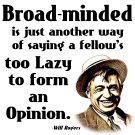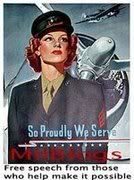Mother Goose's Melodies
Today, a memorable day in the history of rhymery, in 1719 Thomas Fleet published "Mother Goose's Melodies For Children". The official theory is that Fleet, a colonial Boston printer, invented the figure of Mother Goose in the likeness of his mother-in-law, Elizabeth Foster Vergoose, a lady who'd married a man of Dutch extraction, no doubt. (The name Vergoose by the way is unrelated to fowl - geese or otherwise.)
The official theory is that Fleet, a colonial Boston printer, invented the figure of Mother Goose in the likeness of his mother-in-law, Elizabeth Foster Vergoose, a lady who'd married a man of Dutch extraction, no doubt. (The name Vergoose by the way is unrelated to fowl - geese or otherwise.)
Contrary to what the title suggests, the rhymes were intended to be read, not sung, nor played on a musical instrument.
Originals are hard to come by, but Rutgers University website provides us with a fascinating online "adaptation of Illustrations Of Mother Goose's Melodies. Designed And Engraved On Wood By Alexander Anderson, M.D., With An Introductory Notice By Evert A. Duyckinck (New York: Charles Moreau, 1873)" asserting that ...
"... All seventeen of the rhymes and illustrations Duyckinck and Charles Moreau selected from the original Mother Goose's Melodies (Boston: Munroe & Francis, 1837), have been reproduced here, even though we know not all of the illustrations were created or engraved by Alexander Anderson, whose memory Duyckinck sought to honor by this book."
Further search yields a modern, interactive online version of "Mother Goose Melodies" by Willis P. Hazard, provided by Children's Books Online: the Rosetta Project.
And if the fancy takes you, you can even book a performance by MaryLee Sunseri, winner of three "Parents' Choice Awards" and two "American Library Association Notable Children's Recordings". Enjoy ...!














No comments:
Post a Comment